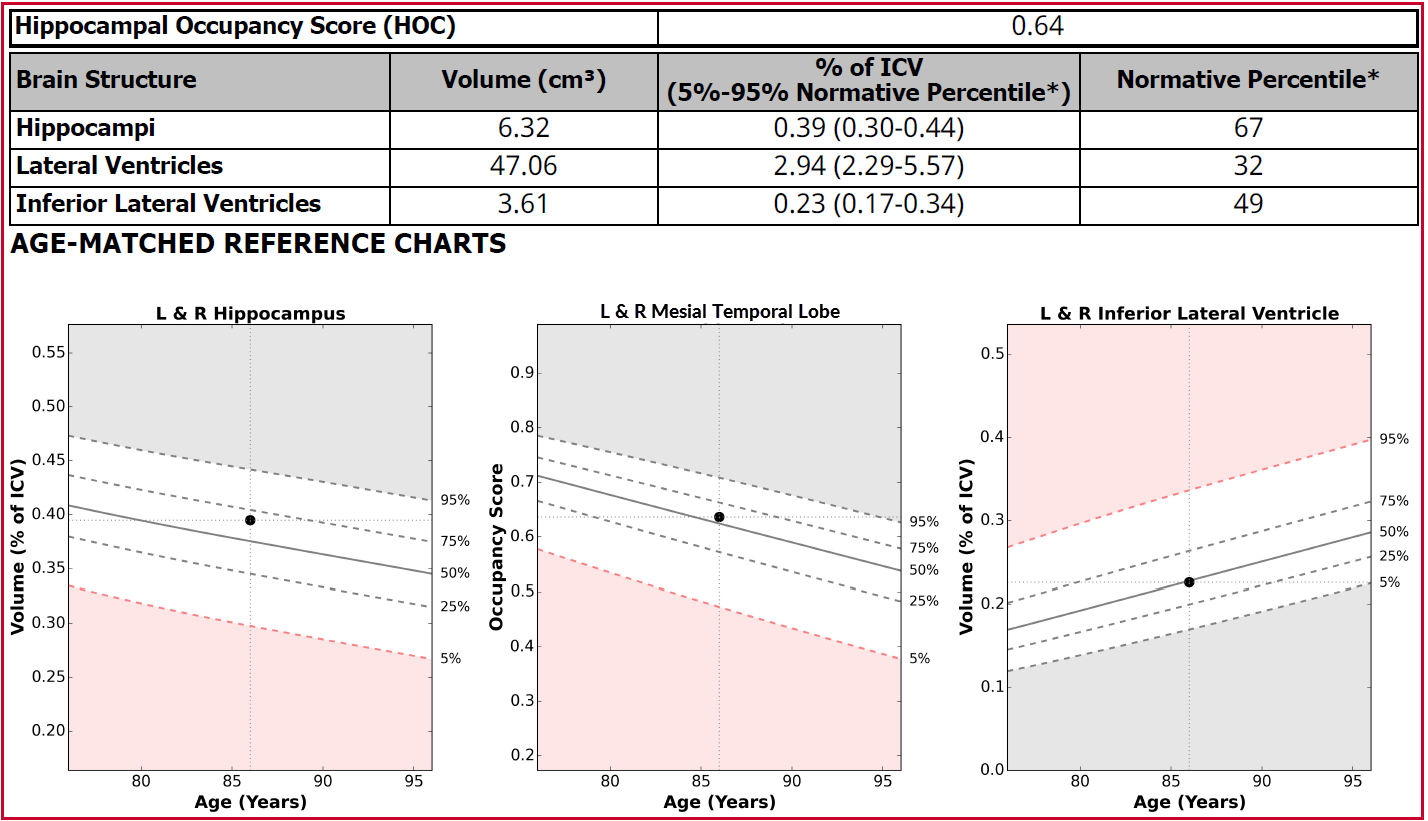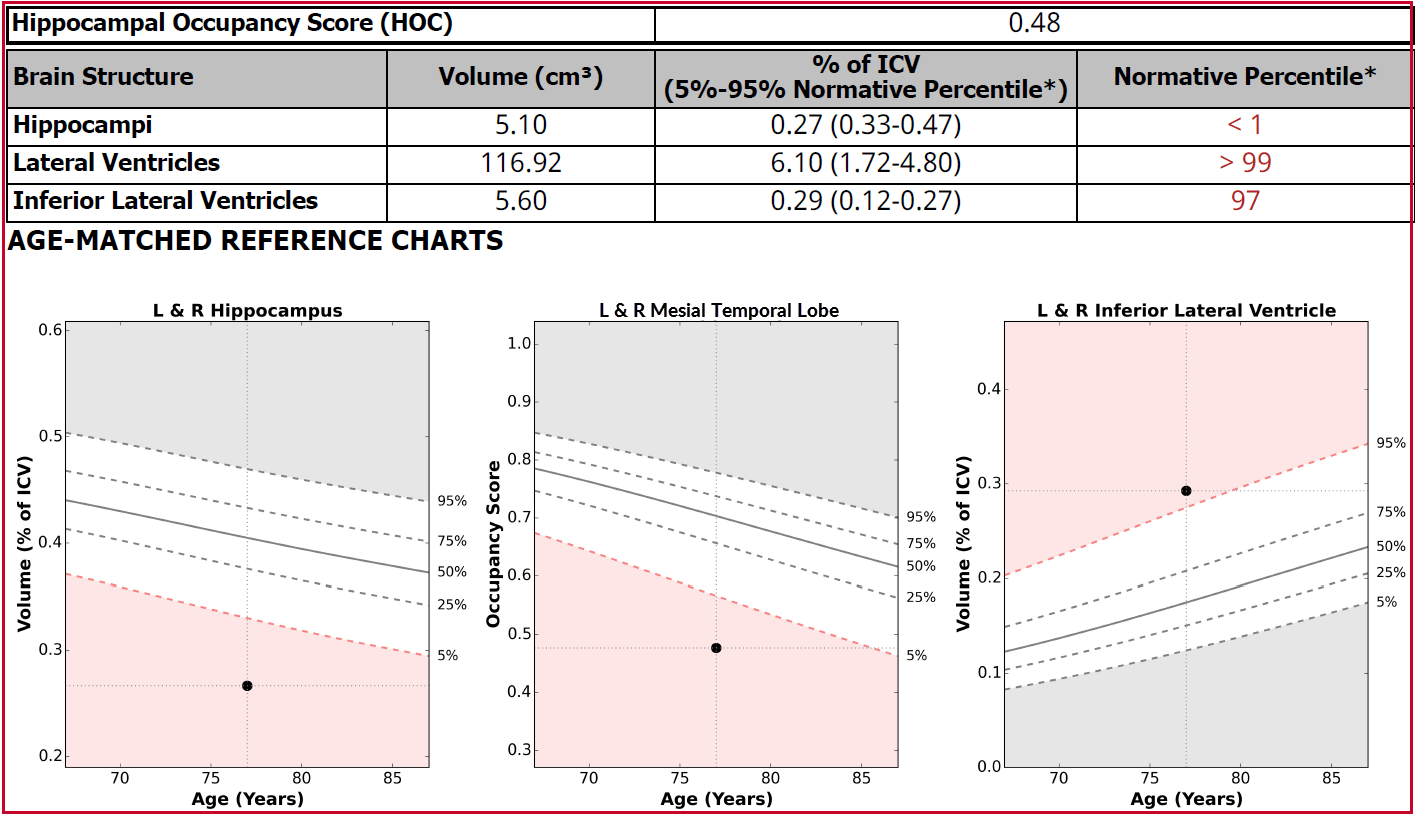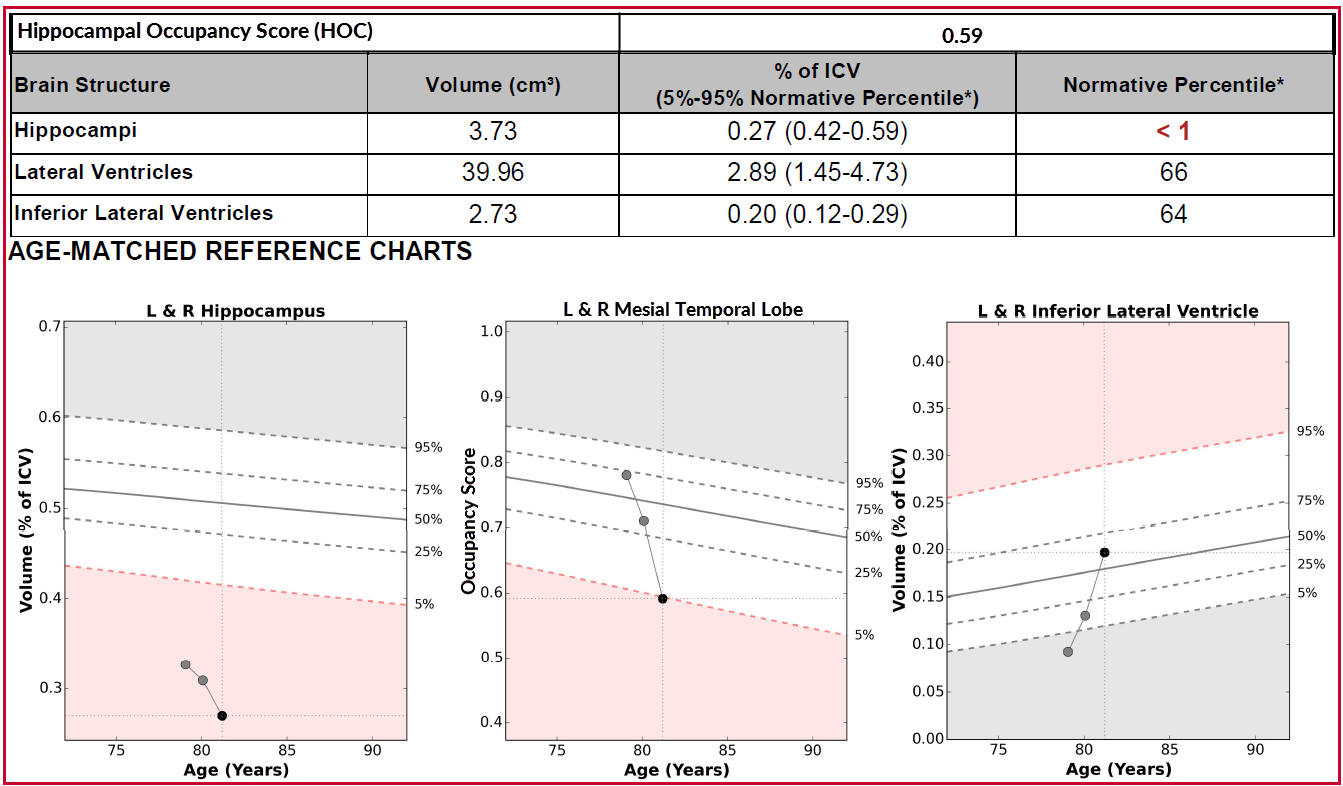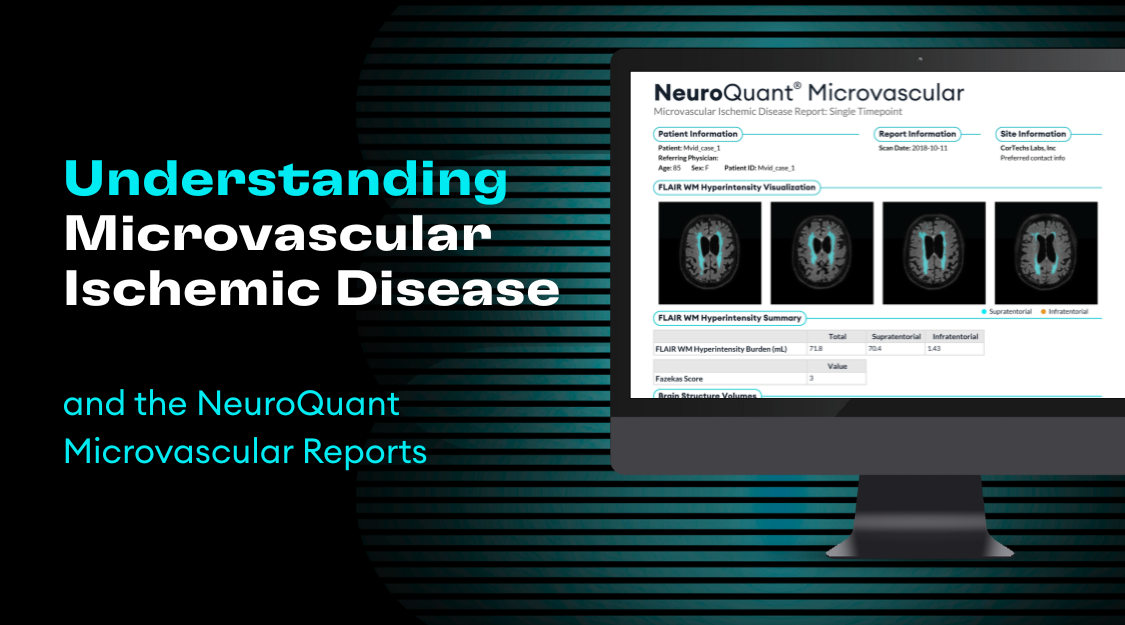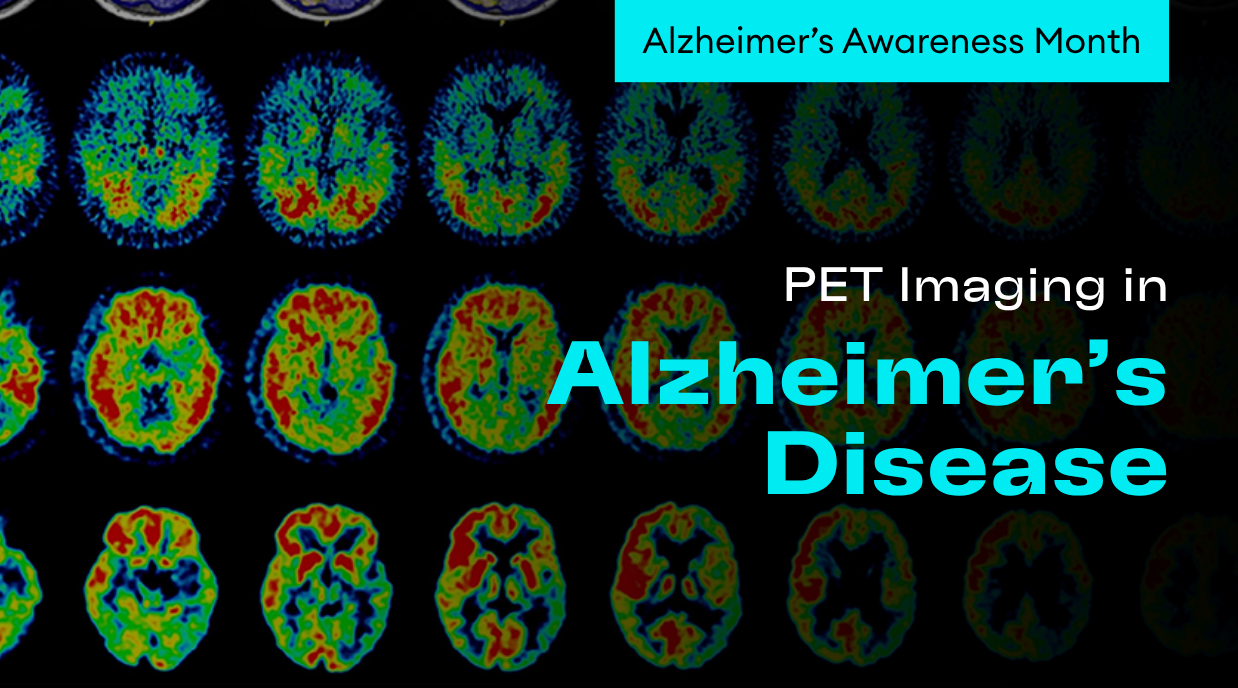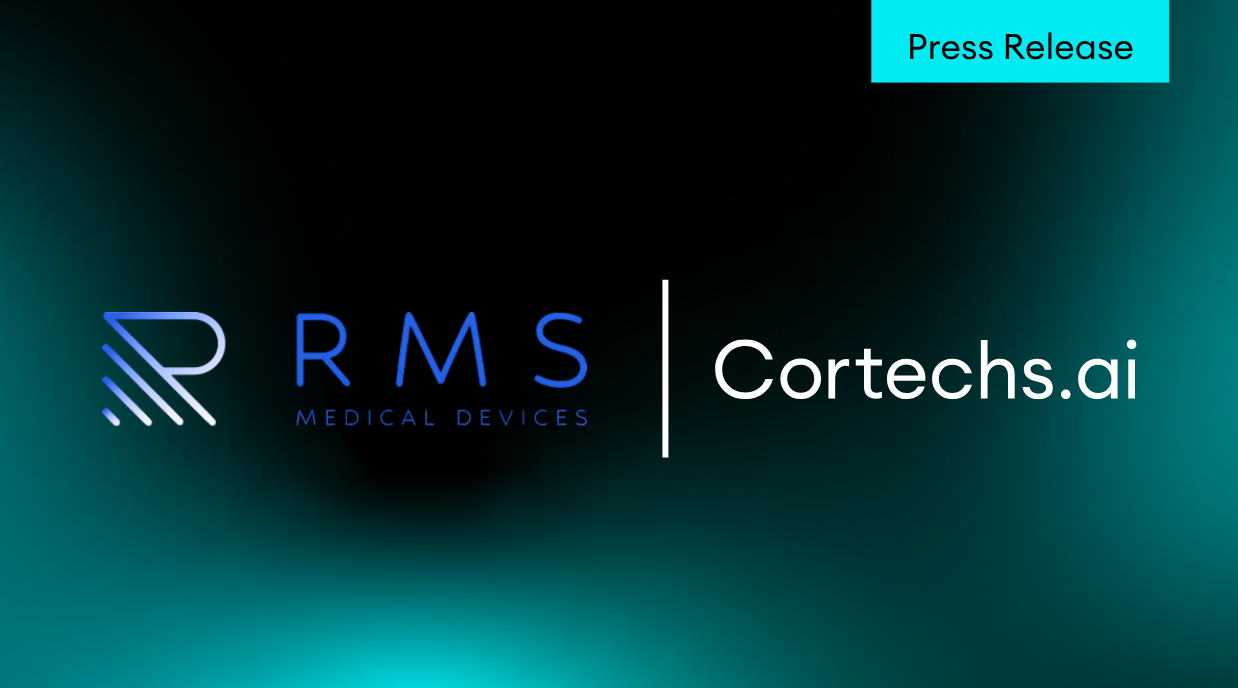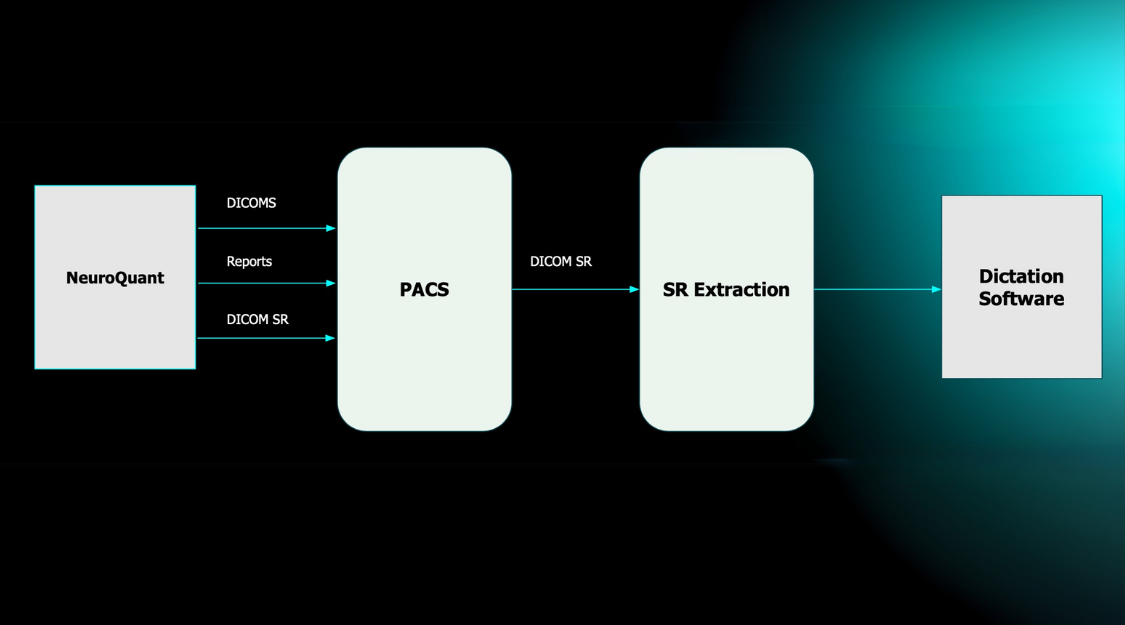One of the more common questions that we are regularly asked is “what does the HOC represent?” The NeuroQuant Age Related Atrophy report now includes the Hippocampal Occupancy Score (HOC) as one of the parameters, along with volume measurements of the hippocampus and inferior lateral ventricles. As with all NeuroQuant reports, the brain structure volume measurements and HOC are normalized to intracranial volume (ICV) and compared to healthy patients of the same age and gender.
In a previous post, we discussed that when assessing patients with neurodegenerative diseases, predicting the progression from mild cognitive impairment (MCI) to Alzheimer’s disease (AD) is an important factor. The HOC has been demonstrated in current research to be highly associated with the progression from MCI to AD, a reason we decided to include it on the Age Related Atrophy report, thereby providing an additional tool to aid physicians in their clinical assessment.
The HOC is a cacluated factor that is used to estimate mesial temporal lobe atrophy. It is based on the neurodegeneration of the hippocampus and the resulted ex-vacuo dilatation of the inferior lateral ventricle (ILV) expansion (in other words, it takes into account the hippocampus volume loss, as well as, the increase in the fluid filled space due to hippocampal volume loss). It is calculated as the ratio of hippocampal volume to the sum of the hippocampal and ILV volumes in each hemisphere separately, which are then averaged.
On the NeuroQuant Age Related Atrophy report, the HOC is provided just below the axial, coronal and sagittal images. In age-matched reference charts, the HOC can be viewed in the middle graph (L & R Mesial Temporal Lobe), where it is plotted against the age and gender normalized values. The normative range for age and gender is indicated by the white area on the graph.
Below are a few examples to better illustrate how the HOC is used with the rest of the information provided on the NeuroQuant Age Related Atrophy report.
Case 1: 86 year old male
HOC is 0.64. The mesial temporal lobe is within the normal range for age and gender.
Normal Volumes: The hippocampi, lateral ventricles and inferior lateral ventricles are in the normal range for age and gender.
Conclusion: Normal scan that does not support neurodegeneration.
Case 2: 77 year old male
HOC is 0.48. The mesial temporal lobe is more than 2 standard deviations out of the normal range for age and gender.
Low volume: The hippocampi are small and more than 2 deviations out of the normal range for age and gender.
High volumes: The lateral ventricles and inferior lateral ventricles are enlarged and more than 2 standard deviations of the normal range for age and gender.
Conclusion: Low hippocampal volume and suggestive of local ex-vacuo dilatation. This supports mesial temporal lobe-focused neurodegenerative etiology.
Case 3: 81 year old female (with 3 time points starting at age 79)
HOC is 0.59. The mesial temporal lobe is just outside the normal range for age and gender, and decreasing with age.
Low volume: The hippocampi are small and well outside 2 standard deviations from the normal range for age and gender, and decreasing with age.
Normal volume: The lateral ventricles are within the normal range for age and gender.
Normal volume: The inferior lateral ventricles in the normal range for age and gender, but increasing with age.
Conclusion: Decreasing hippocampal volume with possible ex-vacuo dilatation as time progresses. Possible mesial temporal lobe-focused neurodegenerative etiology. Continue to follow trajectory of volume change.
